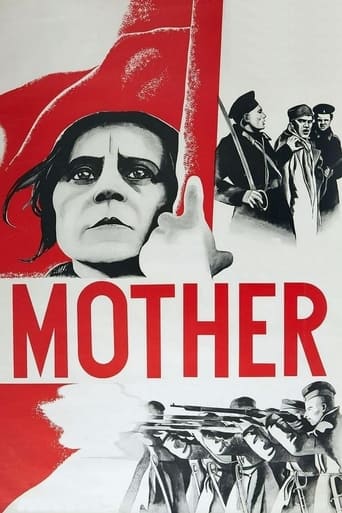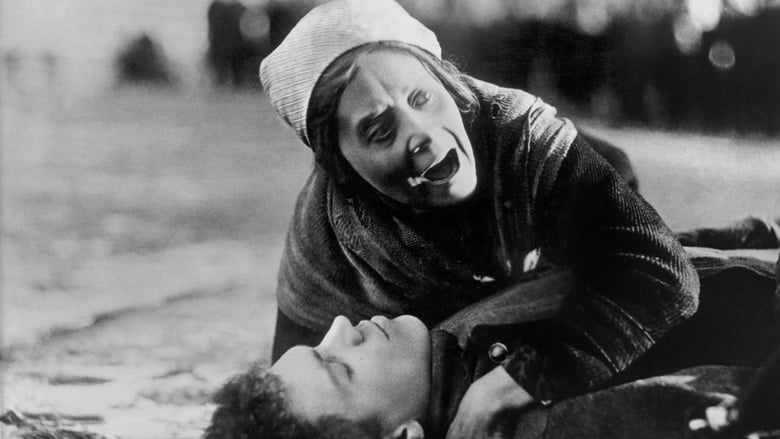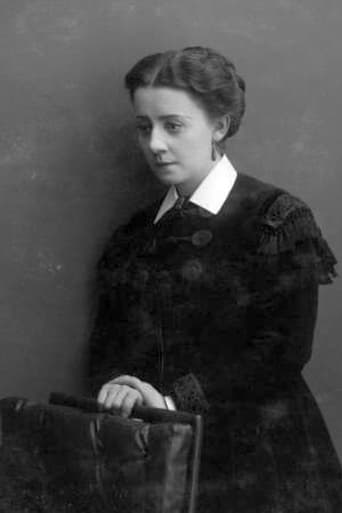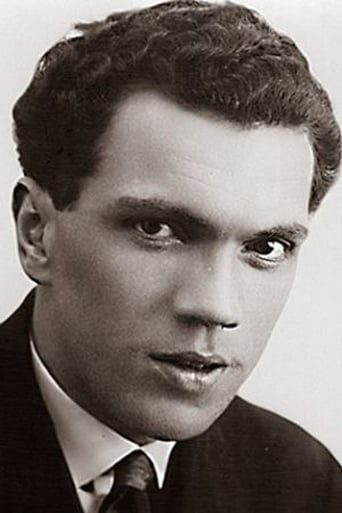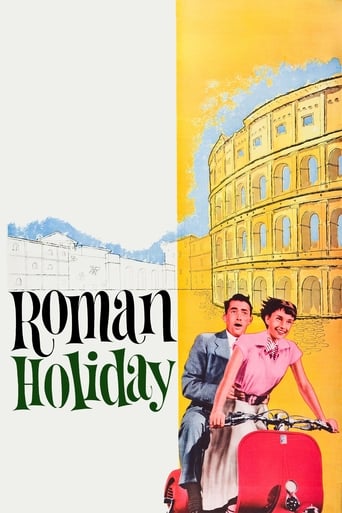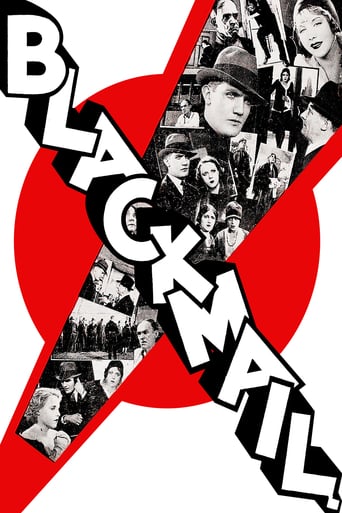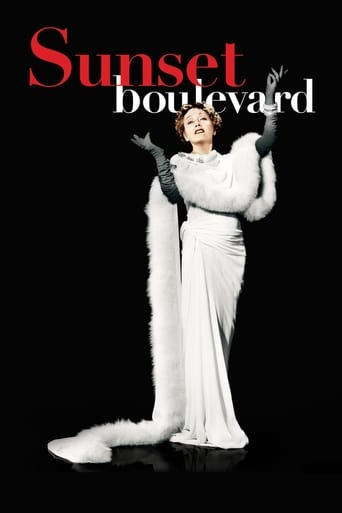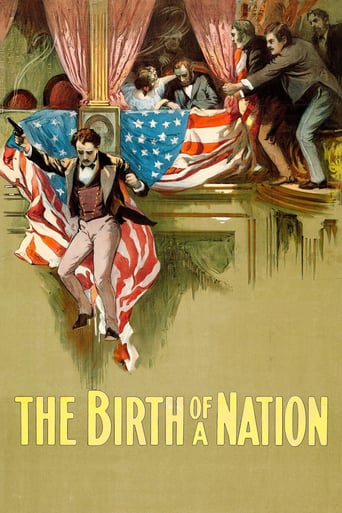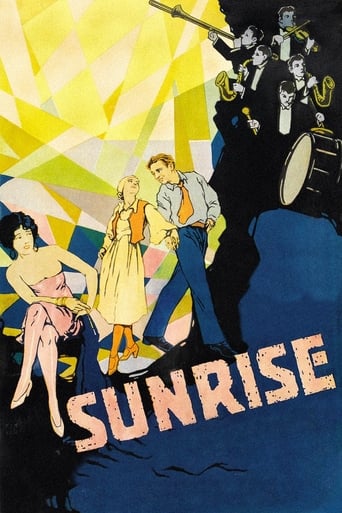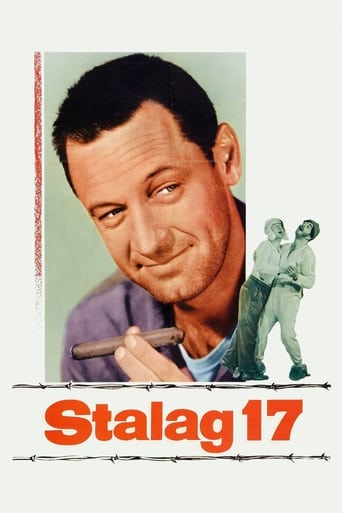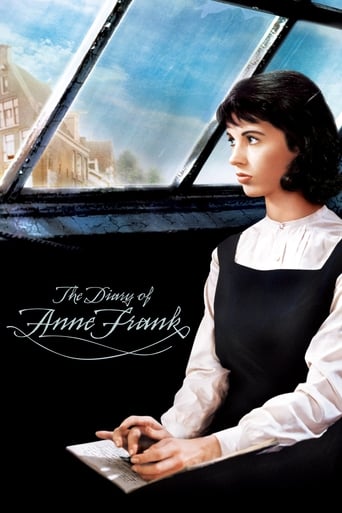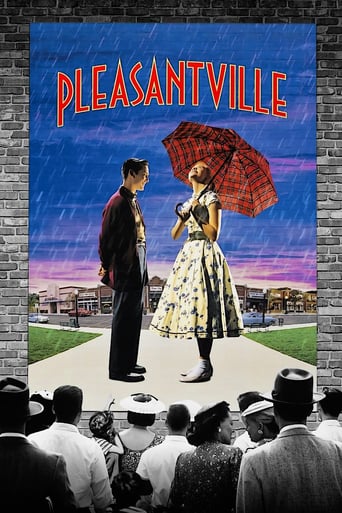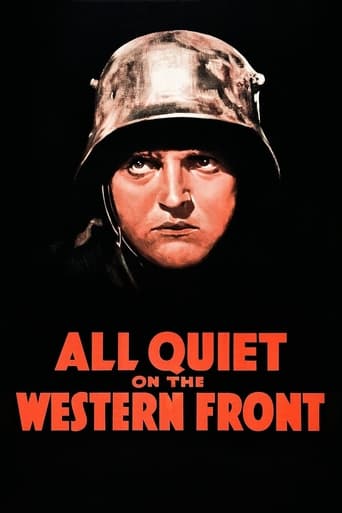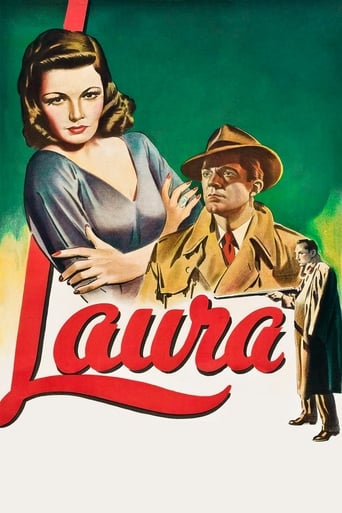Mother (1926)
A Soviet woman is caught between her husband and son, who find themselves on opposing sides of the Russian Revolution.
Watch Trailer
Free Trial Channels
Cast


Similar titles
Reviews
Good start, but then it gets ruined
A bit overrated, but still an amazing film
All of these films share one commonality, that being a kind of emotional center that humanizes a cast of monsters.
A clunky actioner with a handful of cool moments.
Pudovkin's "Mother" is a film about the feelings of the working class, speaking to the proletariat as the foundation of the nation. Through all its symbols and plot, the film aligns itself with that category of cinema aimed to refresh the enthusiasm for Communist ideals. It is almost as if it is a duty to keep the memory of the first rebels fighting against the powerful and all-pervasive bourgeoisie. In that sense, the film sensitizes its audience towards fighting along the ideas of the party. However banale and meaningless such a pursuit would be for today's audience, the manner in which Pudovkin realizes in conveying this message is remarkable. Overall, we see extremely good and good cinema.The movie is about a young man, Pavel, who is aligned with the worker's cause and organizes a strike. His mother is always in the background, a perfect symbol of the Russian peasant woman in her simplicity and emotion. The family suffers because the father is a drunkard and very violent man. Pavel's involvement with the strike and the fights that result lead eventually to the murder of his father. The tension builds up to the trial and then continues as the workers try to liberate Pavel from prison, One of the aspects I've liked most about this movie is the fascinating montage. The techniques used in the film make it align itself with other productions from that period (like Eisenstein's or Kuleshov's) which emphasized the capturing of details and using short shots that would convey the plot in a different manner than the overly self-explanatory long shot. Hence, we have the details of physical contact in the altercations, the portrait of the lady who protects the working class seen through a dusty glass, some beautiful close-ups showing the emotion of the characters (especially the mother), caressing hands, eyes, and other shots that put together make this film a fine piece of cinematography.The film's symbolism is also evident and a strong feature of the film.We have the tumultuous flow of water and blocks of ice which stand for the excitement of the revolution and the peasants as a force. The mother itself is a symbol of unity. We see her at first a sensible being, faithful, but naive, and ultimately helpless in the face of the corrupt bureaucrats. In the end, we see her a strong figure, holding the flag with pride. The suspense is built up in an interesting way during the trial scene, with multiple symbols of the superficiality of the old order: the hiccups of Pavel's defender which suggest ridicule, the sleeping man, and the mare, a symbol of aristocracy and superficial ideals. The film ultimately presents the clash of two camps: the peasants who are represented as pure and filled with ideals (with the mother, the beautiful woman, and young people as representatives) versus the camp of bourgeoisie, with corrupt and indifferent characters, sometimes violent, sometimes diabolic, but never invoking any sympathy to the audience.
a film of its time. adaptation of touching work. a good cast. a great montage. water as symbol, key and word for a silent movie about human storm. large isles of propaganda. and powerful, precise, touching silhouette of masterpiece. it is more than a film or page of history. more than instrument of regime. more than a kind of reflection for a profound social metamorphose. it is a unique meeting. with a subtle art to glorify a regime without sacrifice the truth. a show of nuances. and fabulous act of Vera Baranovszkaia. her role is exploration of small pieces of mother heart. the novel of Gorki is scene for one of powerful demonstration to present reality behind the words. and this is secret of this movie like many others Russians films. the heart of a sensitivity in perfect light, with delicate shadows.
Structures shaping into motion, motions reshaping into structure, against each other, so that the whole thing is like a snowstorm rolling down a hill; gathering itself to itself. Which is to say the people to the people, in an effort at once to reshape and portray the reshaped world.Look here. The first third ends with a murder, so the entire part is about wild kinetic energy building to it; disenchanted workers plotting a strike – the metaphor for revolution, as so often in these films – factory cronies plotting to break them, pitting rugged father against idealist son. Meanwhile the factory owners, disinterested, arrogant, oversee the bloody drama from their lofty window.The second third ends with injustice, and so the entire second part is about the mockery of justice; a colonel promising the hapless mother her son – the instigator of events - will be okay if she surrenders a hidden stash of guns, then arresting him, followed by a mock trial where each of the judges presiding is a parody of human values.The final part is about revolution, so the entire thing is about the preparations of the final stand. Again the revolutionary metaphor, so poignant in these films; a prison filled entirely with workers, farmers, the oppressed with a dream languishing somewhere. And so, everything becomes imbued with meaning; the prison walls as walls at large, the doors slammed open with conflict, the bridge where passage is presaged by a rite of violence.The strikers scattered by mounted police into a mob, it's the mother who picks up the banner of revolution. Down by the bridge, floating ice is shattered on the concrete pillars; ice dissolves, floating away, but the bridge stands.And so the suffering and sacrifice of the nameless heroes is transformed into structures that will stand the test of time; bridges, factories, where the banner of revolution unfurls at the top, enduring symbols of a thriving industry, a healthy, self-sufficient nation. We may think what we want about the equation in terms of politics, but how it's equated through cinema? It comes with the natural ease that only a filmmaking tradition so deeply centered in its worldview could afford; the individual is transmuted, engulfed into a collective structure - the Soviet god in place of a god - , in a way that reveals the individual struggle to have been redolent with purpose all along. It's a spiritual vision, make no mistake; about communion with the life-destroying, life-renewing source; about harmony of structure from the chaos of forms.
In wintry 1905 Russia, "Mother" Vera Baranovskaya (as the Mother) toils over housework, while son Nikolai Batalov (as the Son) sleeps. Hard-working husband and father Aleksandr Chistyakov (as the Father) arrives home to drunkenly slap his wife around. In the opening minutes, these three characters are clearly drawn. The younger man represents collective (striking) workers while his father sides with the (oppressive) establishment. "Mother" Russia must balance love and duty. Her final decision should come as no surprise. This film highly regarded but sometimes difficult to follow. Director Vsevolod Pudovkin moves the story effectively, with quick shots. This should help you stick with it for the excellent final thirty minutes.******* Mat (10/11/26) Vsevolod Pudovkin ~ Vera Baranovskaya, Nikolai Batalov, Aleksandr Chistyakov, Ivan Koval-Samborsky

